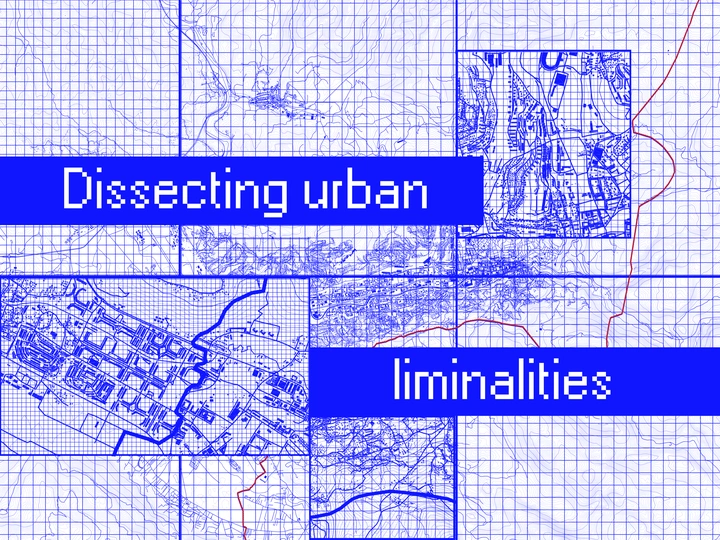Dissecting urban liminalities

An architect, urban planner and researcher interested in socio-spatial polysemy, intersectionality, liminality and border performativity. Katarina completed her studies at the the University of Sarajevo – Faculty of Architecture, her master’s thesis was nominated for the ARCHIPRIX INTERNATIONAL 2017 award. She works as a teaching assistant at the University of Sarajevo, the Department of Urbanism and Spatial Planning. She completed her PhD in 2025, on the topic: "INHERENCE OF THE BOUNDARY PHENOMENON IN THE PROCESS OF DETERMINING URBANITY. Special overview of transformations in the relationship: city-society boundary", where she examined the manifestations of boundary phenomenon through aspects of nature, space, society, state, process, and time, and the relationship between boundaries and elements of urbanity.
She was a part of the Architectural Association Visiting School in Slovenia in 2015, and a part of the "KSEVT as Playground" project. In 2018, she participated in an academic exchange program at the IUSD Department at the University of Stuttgart. She is currently attending Feminist School "Žarana Papić" in Sarajevo and developing research project sigurNE – Mapping negative female experiences in public spaces of Sarajevo.
She was a member of the organizing team of the Days of Architecture Sarajevo (2010-2020), and a member of the editorial board of the the Association of Architects in Bosnia and Herzegovina portal, as well as the author of critical texts, interviews, and a series of illustrations. Currently, she is an editor in the recently established scientific journal Acta Architectonica et Urbanistica.
She also engages in videography – the most notable work is the documentary "Bapska priča", an audiovisual testimony of a time shaped by traditional values and specific cultural and religious context of the area near Kraljeva Sutjeska. Documentary focuses on the tradition of tattooing, folk costume and embroidery, as recounted by the author’s grandmother.
The phenomenon of the boundary is consolidated through the spatialization and ubication of culture and the city, pointing to its polysemous nature within society and the spaces it inhabits. The project "Dissecting Urban Liminalities" explores boundaries as a causal-consequential phenomenon—simultaneously a state and a process of becoming—which, at various scales (city, neighborhood, and object), and through different lenses (nature, space, society, condition, process, and time), can either create or degrade elements of urbanity.
In this process, space may become a liminal byproduct of disruption and the incompleteness of previously envisioned processes that once promised urbanity, or of new, unplanned processes. These are spaces that challenge the meaning of established spatial practices and the role of architects and urban planners overall.
DUL approaches architecture as a form of communication, and liminal spaces as critical, dynamic points that confront norms, power structures, established meanings, and their representations. It focuses on identifying hotspots of urban liminality, as well as the actors and the socio-spatial-temporal layers of the processes that led to their emergence.
The project aims to recognize the role of boundaries in the creation of liminal spaces and their specificities—to understand temporal boundaries as manifestations of liminality caused by shifting narratives; social boundaries as manifestations of the (non-)use of liminal spaces; and spatial and natural boundaries as elements that contribute to the state of liminality. Ultimately, liminality is seen as an embodiment of change.
The project relies on critical cartography as a diagnostic tool for uncovering the invisible and hard-to-represent performativity of liminal conditions. Identifying these hotspots and tracing their origins can create a platform for re-examining the specificities of present-day urban processes and for questioning our approach to their potential futures.